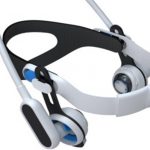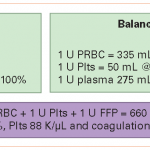It’s always nice to find an article that supports your biases. I’ve been doing percutaneous tracheostomy since the 1990’s, and have used a variety of kits and equipment. Some of these turned out to be rather barbaric, but the technique is now quite refined.
A routine part of the procedure involved passing a bronchoscope during the procedure to ensure that the initial needle was placed at the proper level and in the tracheal midline. It was also rather frightening to watch the trachea collapse when the dilators were inserted.
I abandoned using the bronchoscope in this procedure about 10 years ago. It was an annoyance to get the bronchoscope cart and a respiratory therapist to help run it. And to find someone available to pass the scope while I did the trach. So I added a little extra dissection to the technique, directly visualizing the trachea at the desired location. From then on, I had no need to see the puncture from the inside because I could see it quite well from the outside!
An article in the Journal of Trauma this month shows that this technique works just as well without the scope. The authors looked at their own series of 243 procedures; 32% were done with the bronchoscope, 68% without. There were 16 complications overall, and the distribution between the bronch and no-bronch groups was equal.
Bottom line: In general, the bronchoscope is not needed in most percutaneous tracheostomy procedures. It adds complexity and expense. However, there are select cases where it can be helpful. Consider using it in patients in a Halo cervical immobilizer, the obese, or in patients with known difficult airway anatomy. And always do the more difficult ones in the OR, not the ICU.
Reference: Percutaneous tracheostomy: to bronch or not to bronch – that is the question. J Trauma 71(6):1553-1556, 2011.




